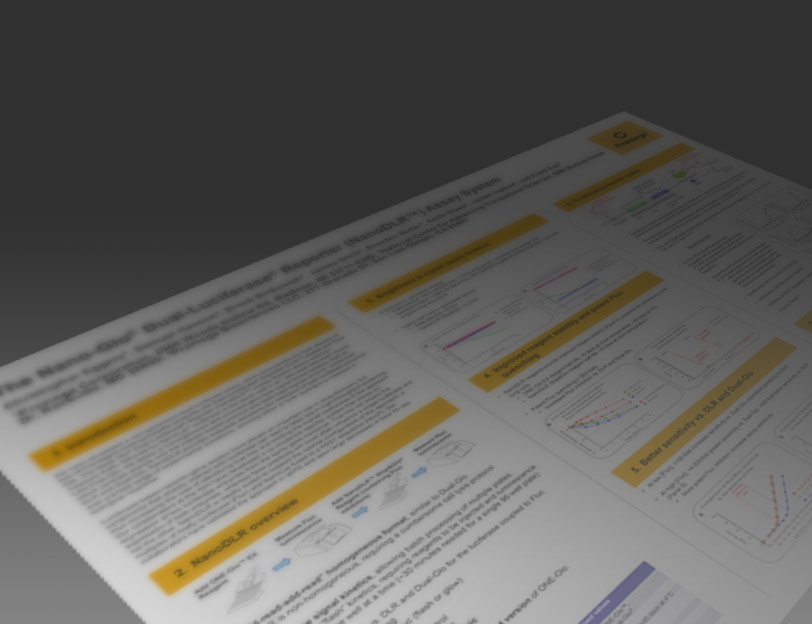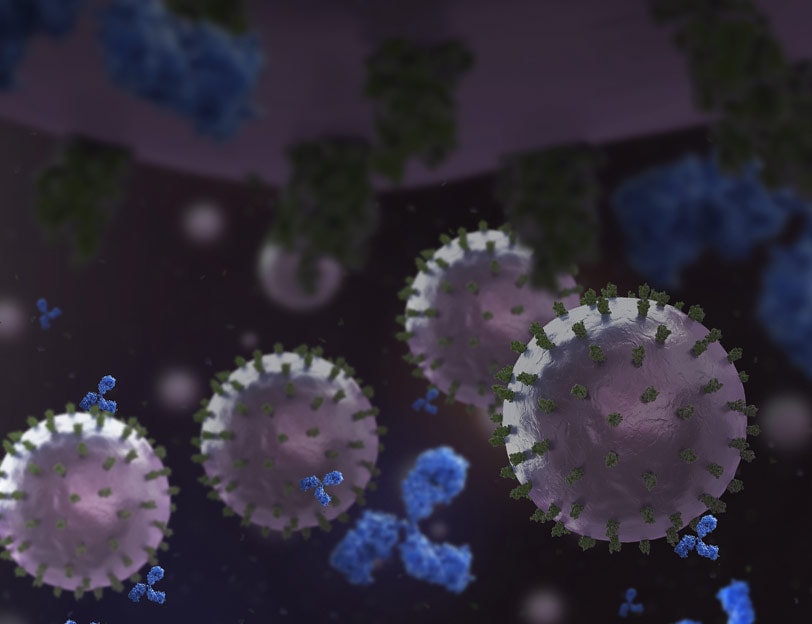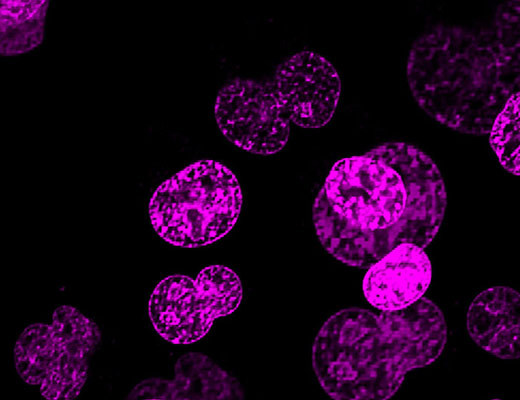Protein:DNA Interactions
Promega products for studying protein:DNA interactions include gel shift assays and the HaloCHIP™ System—a fast alternative to traditional chromatin immunoprecipitation methods. In the HaloCHIP™ method, DNA-binding proteins of interest are expressed in cells as HaloTag® fusion proteins, crosslinked to DNA and then captured using the HaloLink™ Resin, which forms a highly specific, covalent interaction with HaloTag® proteins. The resin can be stringently washed to remove nonspecifically bound DNA and protein more efficiently than co-immunoprecipitation. The crosslinks are reversed to release purified DNA fragments from the resin. No antibodies are required.
The Gel Shift Assay Systems contain target oligonucleotides, a control extract containing DNA-binding proteins, binding buffer and reagents for phosphorylating oligonucleotides. The complete Gel Shift Assay System contains five additional double-stranded oligonucleotides that represent consensus binding sites for AP1, NF-κB, OCT1, CREB and TFIID. These oligonucleotides can be end-labeled and used as protein-specific probes or as specific or nonspecific competitor DNA in competition assays.
Filter By
Shop all Protein:DNA Interactions
Showing 1 of 1 Products



